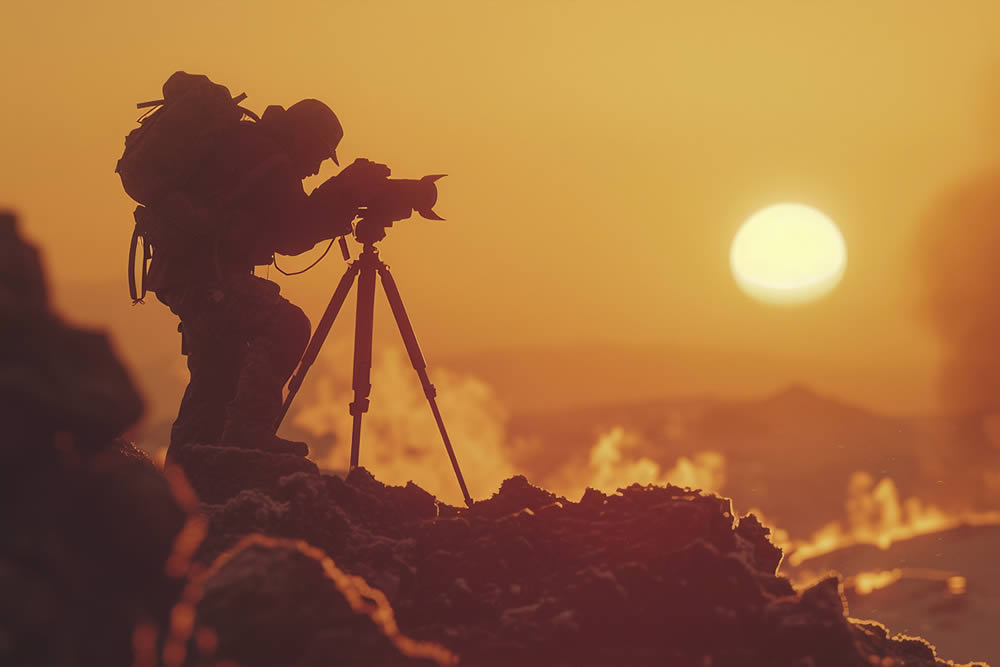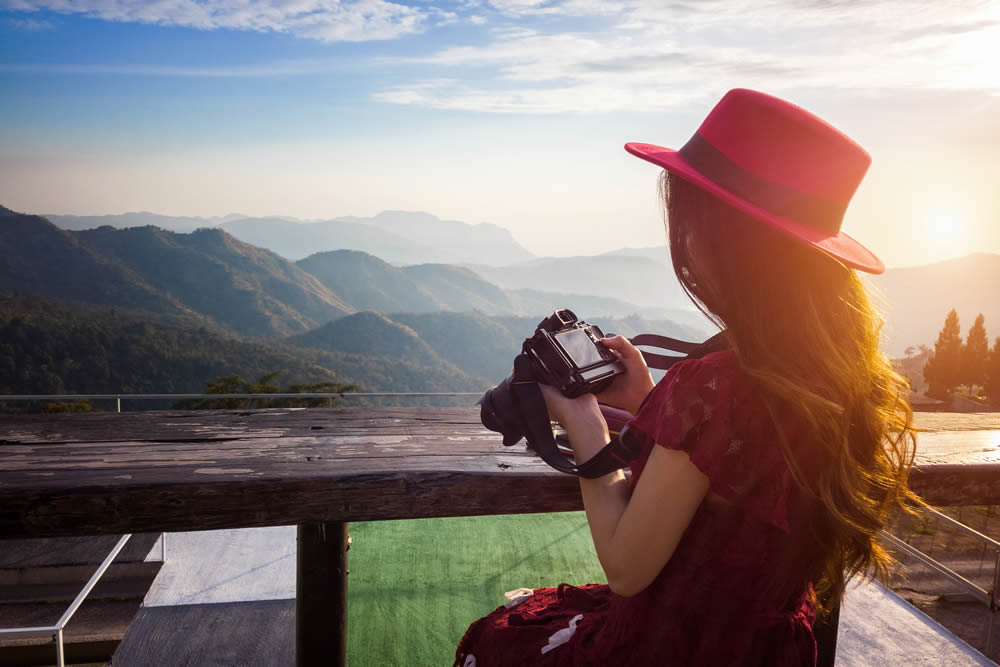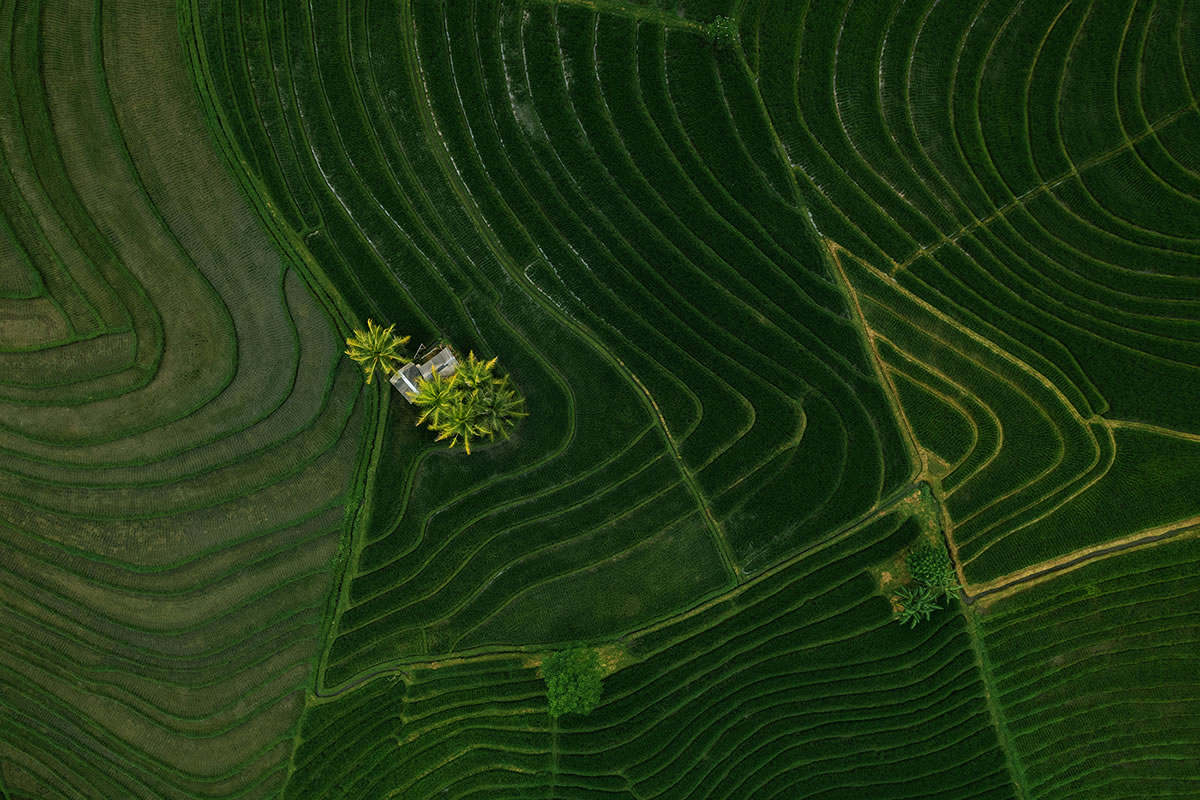Exploring remote destinations offers photographers a rare opportunity to capture the untouched beauty of nature.
Whether you’re hiking through rugged mountain terrain, wandering across vast deserts, or standing on the edge of a serene lake, the thrill of landscape photography lies in capturing the essence of these unique places.
However, shooting in remote areas requires more than just skill with a camera—it also demands preparation, the right equipment, and the ability to adapt to unpredictable environments.

Be Prepared with the Right Gear
When heading into remote landscapes, packing light but efficiently is key. Your camera gear should be versatile enough to handle varying conditions, yet compact to ensure you’re not weighed down on long treks.
A reliable camera body, a wide-angle lens for expansive shots, and a sturdy tripod are essentials for any landscape photographer.
One critical aspect often overlooked in remote locations is power management. When you’re far from electrical outlets, keeping your camera and other electronic devices charged can be challenging.
This is where solar panels come into play. Many landscape photographers are turning to portable solar panels to ensure their gear stays powered throughout their trips.
These compact, lightweight panels can charge your camera batteries, phone, and other devices using just the sun’s energy, making them a sustainable and reliable solution.
Scout the Location Beforehand
One of the most important aspects of landscape photography is knowing the environment you’re shooting in.
Before you arrive at your destination, spend some time researching the location. Use tools like Google Earth, topographical maps, or even social media platforms like Instagram to get an idea of the best vantage points.
Timing is everything when it comes to landscapes. The "golden hour" refers to the time just before sunset or after sunrise, and the light at these times can enhance the natural beauty of any scene.
Planning your shoots around these times will significantly improve your chances of capturing breathtaking images.

Master the Use of Natural Light
Lighting is the heart and soul of landscape photography, and learning how to manipulate natural light can make or break your photos.
Whether you’re working with the soft glow of dawn, the intense brightness of midday, or the cool tones of dusk, understanding how light interacts with your subject is key to creating dynamic images.
Pay attention to how the light changes throughout the day. Early morning light creates long, dramatic shadows, while midday light can be harsh and flatten the scene. If you’re shooting in the middle of the day, consider using a neutral density filter to reduce the amount of light entering your lens, allowing for longer exposures and smoother details.
Focus on Composition
While it can be tempting to snap away at the grandeur of a mountain or a sweeping desert, thoughtful composition is what turns a photo from good to great. A well-composed image draws the viewer’s eye through the frame, leading them to the most interesting elements.
The rule of thirds is a foundational composition technique for landscapes you can use to create a balanced and harmonious image.
Additionally, don’t be afraid to use leading lines, such as rivers, paths, or ridgelines, to guide the viewer’s gaze through your photo.
Keeping Your Photography Gear Safe and Functional
Remote locations can be tough on your gear. Dust, sand, and moisture are all potential hazards when you’re miles from civilization.
Carry a microfiber cloth and lens cleaner to keep your camera lenses free of smudges and dirt. Use weather-sealed bags or cases to protect your gear from the elements, and if you’re shooting near water, consider using a waterproof cover for your camera.
Bringing extra memory cards and batteries is always a good idea when you’re far from stores or charging points.
Embrace the Adventure
As you set off on your remote photography journey, embrace the adventure. Landscape photography is as much about the experience as it is about the final image.
From preparing your gear to patiently waiting for the perfect light, each step is part of the creative process.
By following the tips above, you’ll be well on your way to capturing stunning landscape photos that tell the story of your unique adventure.










